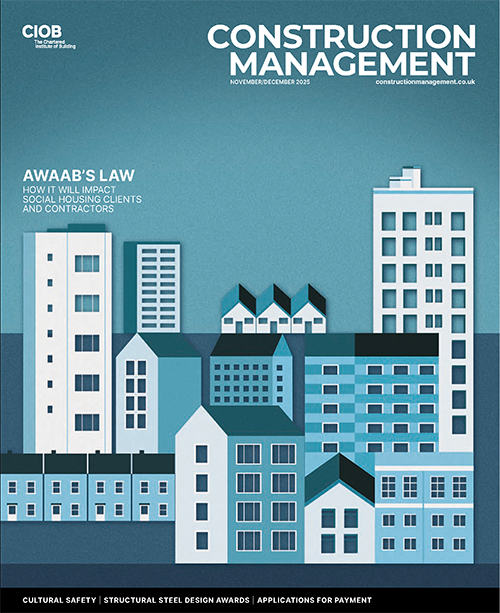The case of John Sisk and Son Ltd v Capital & Centric (Rose) Ltd flags the importance of reading the whole contract – and not just focus on the legal front-end, explain Jane Hughes and Jessica Barnes.

In contract negotiations, the focus tends to be on the front-end of the contract: its operative provisions. Less attention is often given to the documents that follow.
These technical contract documents may be the product of separate negotiations, which is often reflected in the different terminology and references compared to the legal drafting.
However, the technical documents do form part of the contract and should be consistent with each other and with the contract conditions. Hard copies and electronic copies need to match each other.
It can be tempting to shoehorn all the documents into the contract to ensure nothing is missed, but a recent judgment demonstrates the unintended consequences of this.
Ambiguities
In the case of John Sisk and Son Ltd v Capital & Centric (Rose) Ltd, the amended JCT Design & Build Contract 2016 contained several ambiguities between the contract conditions and the technical documents, including:
- Clauses 2.42.1 to 2.42.3 of the contract conditions provided that Sisk was contractually responsible for all risks in relation to the existing site, including existing structures and the risk of any information provided by Capital & Centric (C&C) being wrong.
- Clause 2.42.4 stipulated that this was subject to item 2 of the Clarifications (defined as “The clarifications headed ‘Contract Clarifications’ contained within Volume 2, Appendix 2.9 of the Employer’s Requirements”).
- The electronic version of the contract contained two clarification documents:
- a worksheet headed “contract clarifications”; and
- a worksheet headed “tender submission clarifications”.
- The hard copy version of the contract contained one clarification document: the worksheet headed “contract clarifications”.
- The worksheet headed “contract clarifications” contained the following clarification:
Sisk clarification | Comments/Risk owner |
Existing structures risk including ability to support/facilitate proposed works | The employer is to insure the existing buildings/works. Employer also to obtain warranty from Arup with regard to the suitability of the proposed works. Employer risk |
- The worksheet headed “tender submission clarifications” contained the following clarifications:
- The Sisk clarification: “Existing Structures Risk sits with the Employer including insurance”; “Employer to warrant that the structural condition of the existing fabric is suitable to facilitate the new works”; Sisk’s pricing confirmation is ticked “Unable to price”. C&C’s response in the next column: “Not accepted. PCSA period has been for Sisk to satisfy themselves on exactly these issues. We will categorically not accept a blanket exclusion on existing structures”. The entry under “Position Agreed/Discussed in Meeting on 22.03.2022”: “Confirmed in the meeting that this is to clarify the employer is to insure the buildings in line with JCT option C”.
- The entry under “Sisk Response 24-03-22”: “Agreed”.
High Court ruling
In a prior adjudication, the adjudicator found that the risks in relation to the existing site – ground conditions and existing structures – were with Sisk.
Sisk brought Part 8 proceedings in relation to the existing structure risk only. The High Court came to the opposite conclusion: the judge held that responsibility for the existing structures was with the employer, C&C.
In particular, the judge came to the following conclusions:
- The electronic “tender submission clarifications” formed part of the contract, but not part of the definition of “Clarifications”. Only the “contract clarifications” worksheet could qualify clause 2.42. The tender document was “plainly potentially relevant”, but it did not form part of the definition and was to be ignored in deciphering the clarification of clause 2.42.4.
- It was extremely unlikely that C&C could have mistakenly agreed to include the concluding words “Employer Risk” when advised by two separate consultancies and (it appears) by external lawyers.
The latter should be a key takeaway from this case. If it’s in the contract, it’s part of the contract.
Although lawyers can (and should) introduce priority clauses and ensure that the key terms feature in the contract conditions, above all, let this be a reminder to review all the contract documents.
Jane Hughes is a managing associate and Jessica Barnes is an associate at the projects and construction team at Trowers & Hamlins.











